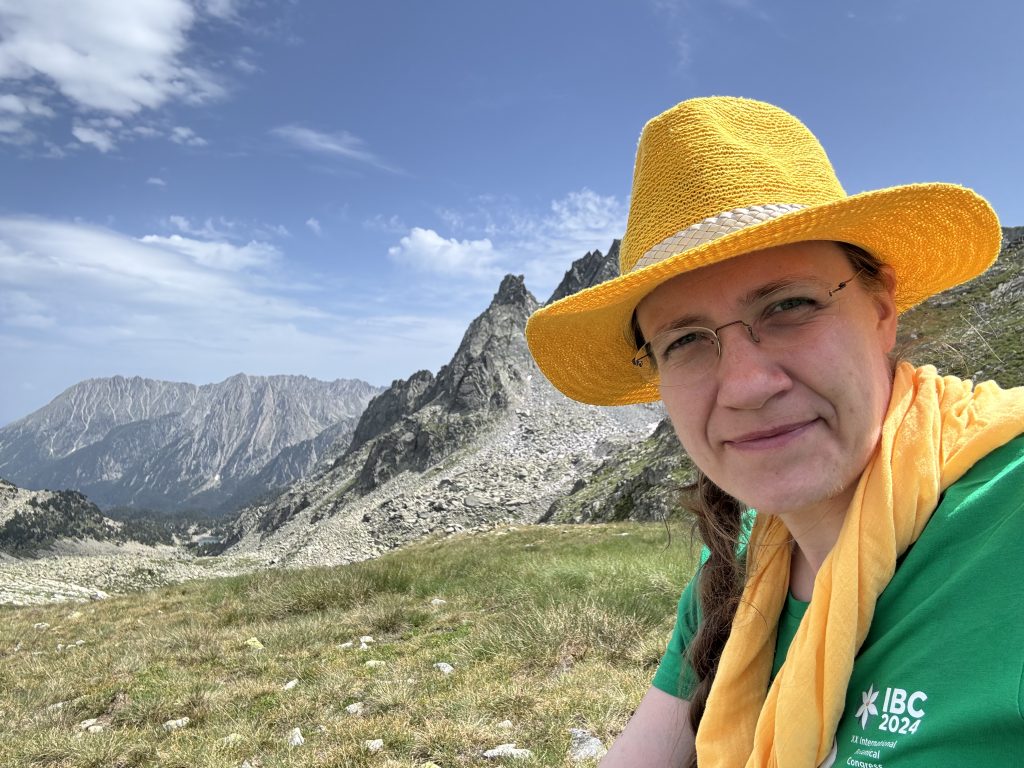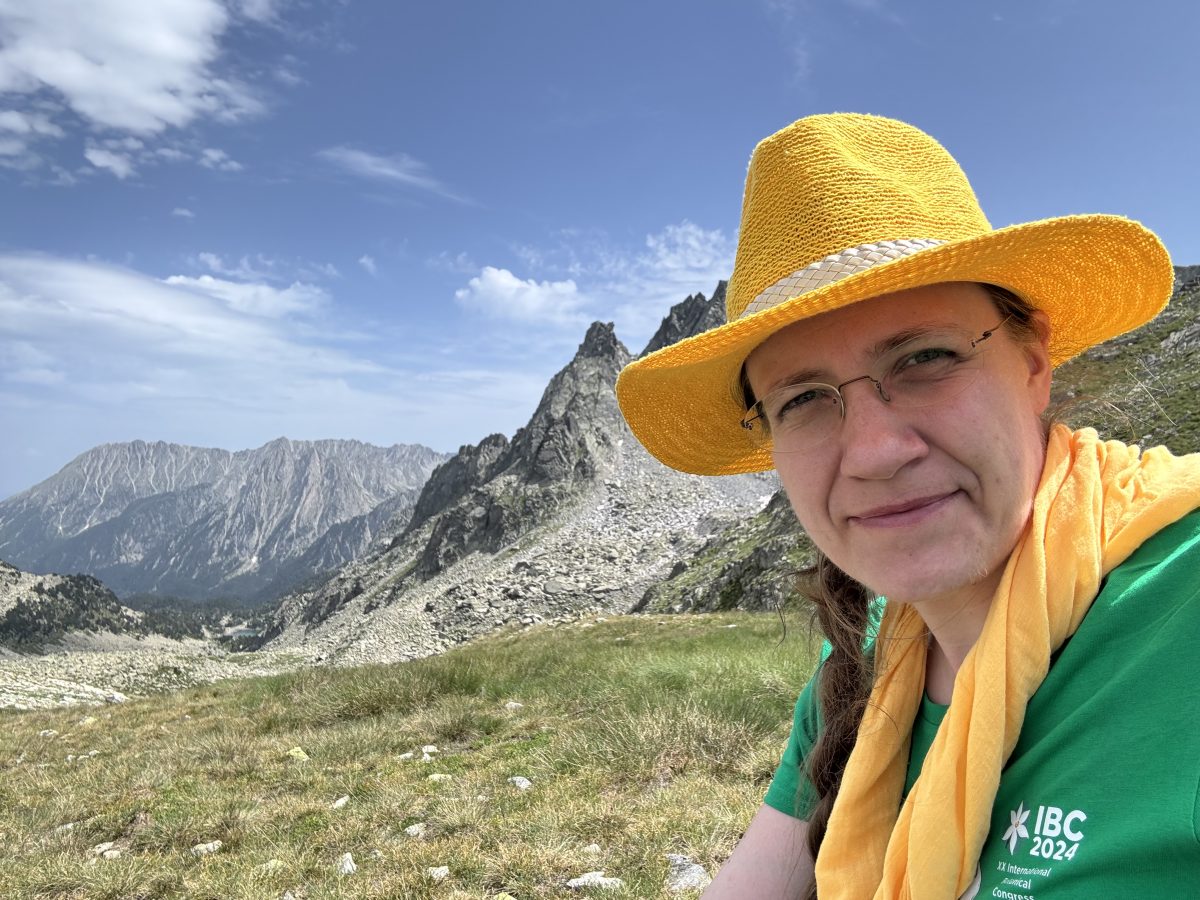Zum Auftakt des Projektes reiste Katja für drei Wochen nach Spanien, um die lokalen Arnika-Spezialisten zu treffen und mehr über Zustand und Bedrohung der spanischen Vorkommen zu erfahren. Vielen Dank an all die freundlichen KollegInnen, den Deutschen Akademischen Austausch-Dienst (DAAD) und die Frauenförderung der FU Berlin, die diese Reise ermöglicht haben!
To Kick-off the project, Katja went to Spain for three weeks, to visit the local Arnica specialists and learn more about the condition and threats for the Spanish populations. Warm thanks to all the friendly colleagues, the German Academic Exchange Service (DAAD) and the women’s equality funds at FU Berlin for making this trip possible!
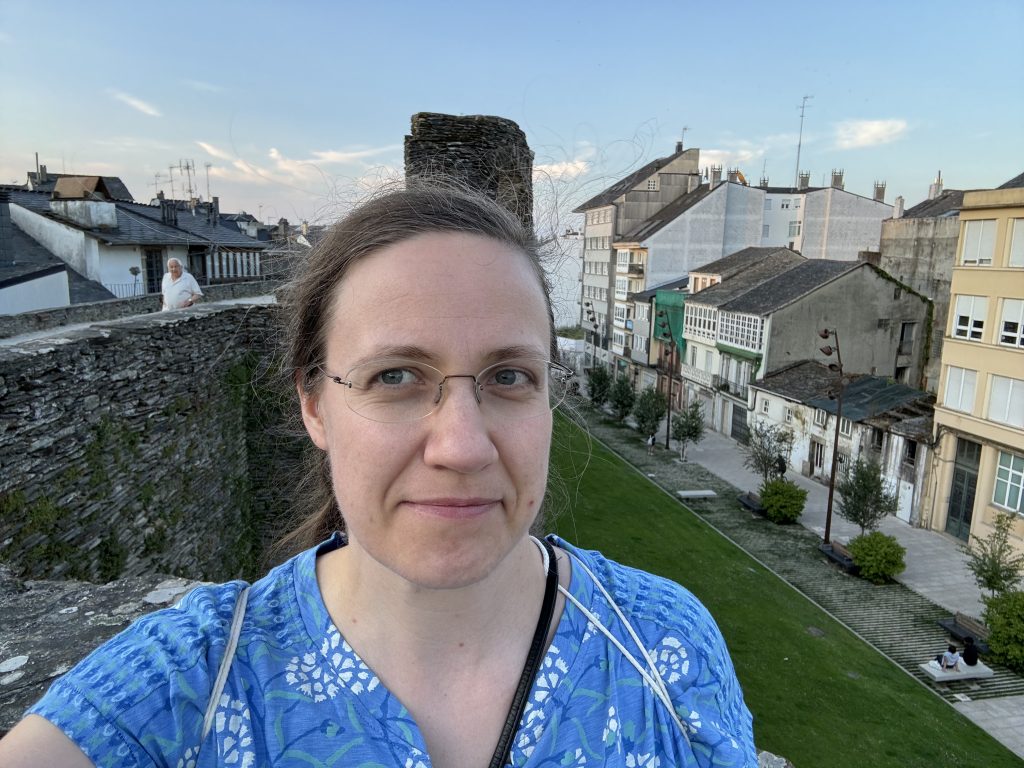
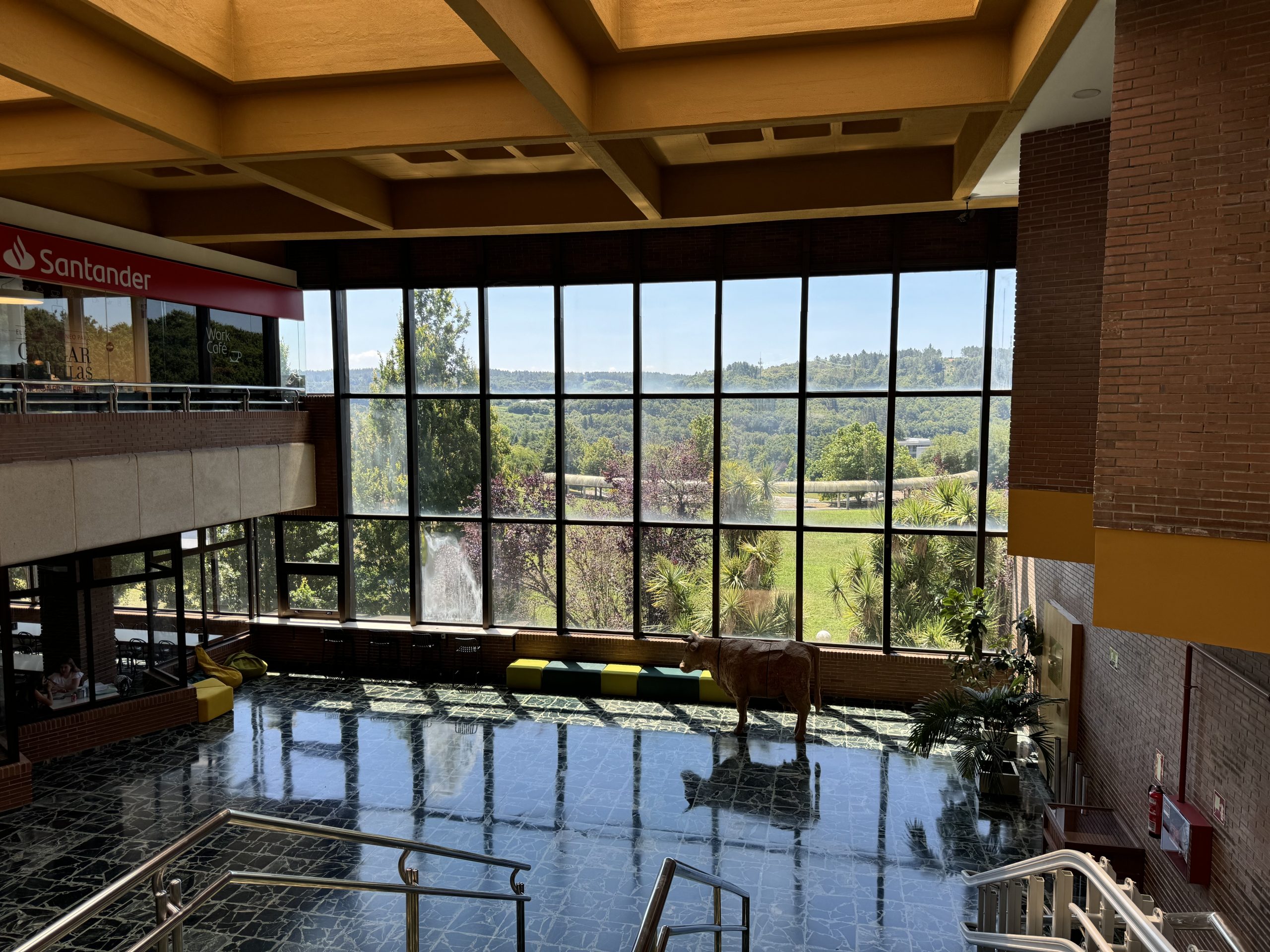
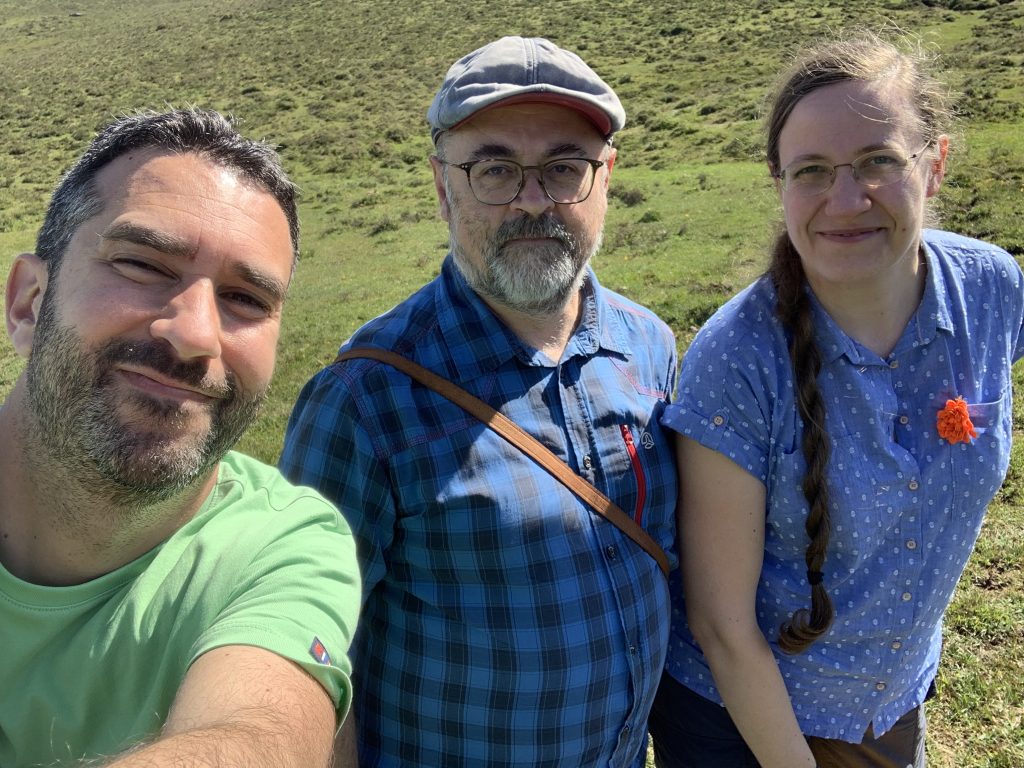
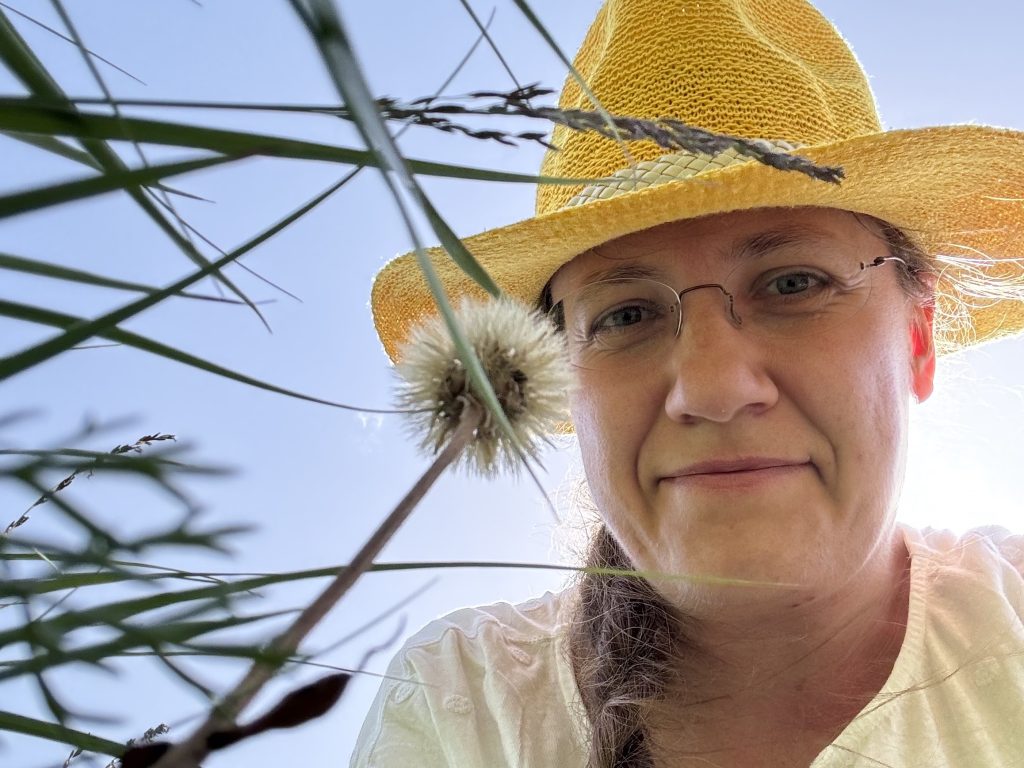
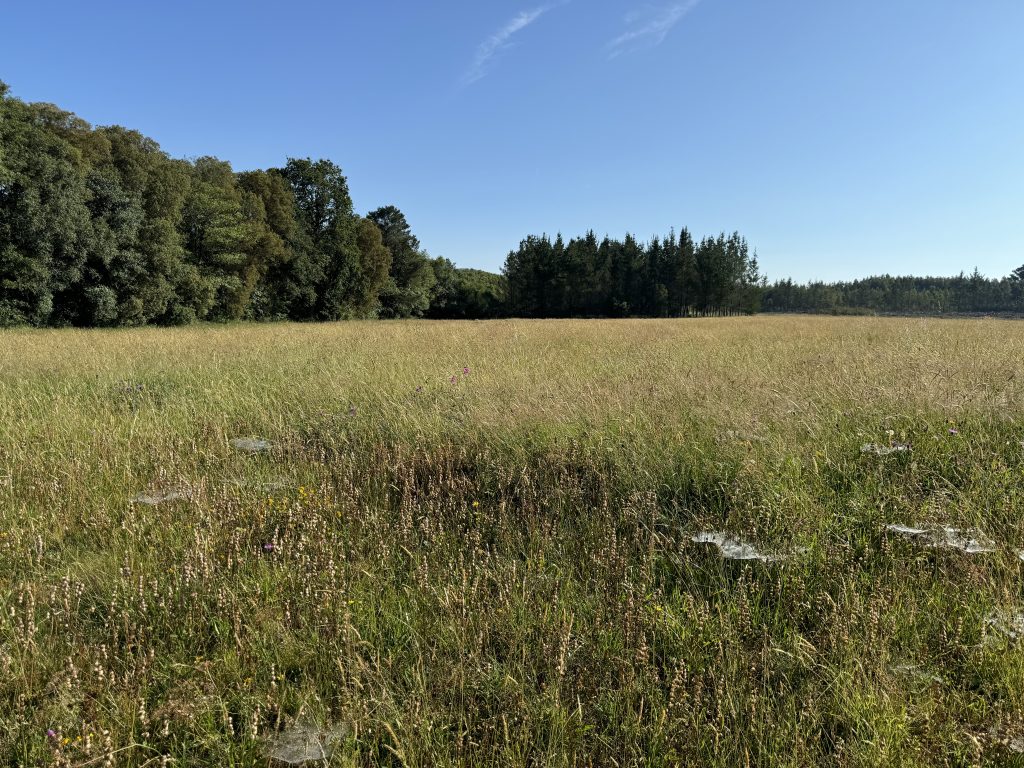
MÄH MICH! Als halbnatürliche Lebensräume brauchen Heuwiesen menschliche Eingriffe: Werden sie nach Fruchtreife der meisten Pflanzen nicht gemäht, wachsen sie so zu, dass Arnika & co nicht mehr genug Licht auf ihre Rosettenblätter bekommen – Bäume pflanzen (siehe Hintergrund) ist noch schlimmer! // MOW ME! As semi-natural habitats, hay meadows depend on human intervention: If not cut after most plants have set fruit, they grow so dense that Arnica & co. do not get enough light on their rosette leaves anymore – worse still if trees (see background) are planted! \\ Photo: K. Reichel
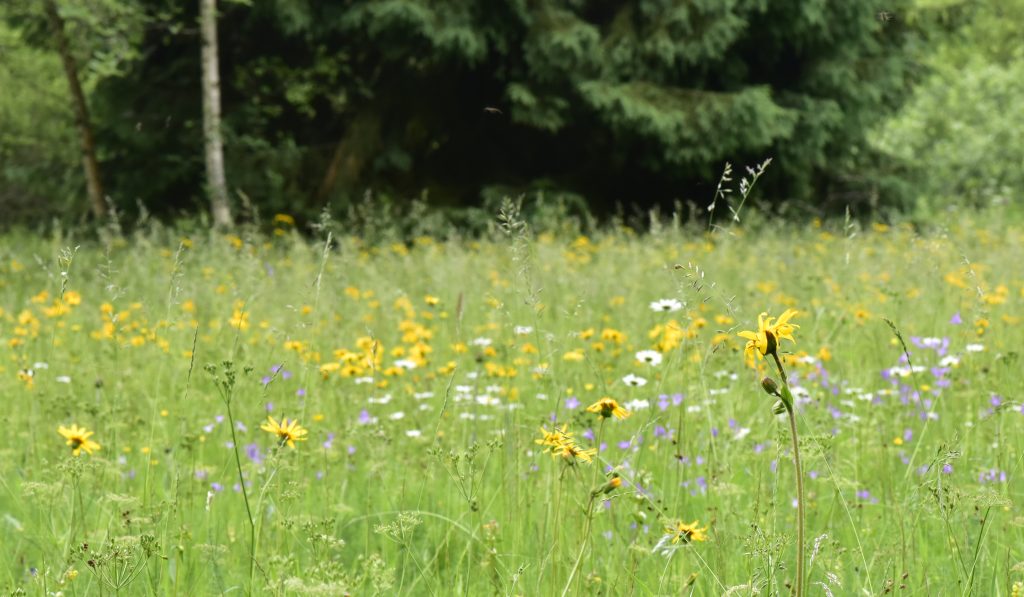
Zum Vergleich: Diese Heuwiese in einem Naturschutzgebiet im Erzgebirge wird „mit der Sense erhalten“, d.h. am Ende jedes Sommers gemäht. // For comparison: This hay meadow in a protected area in the German Ore Mountains is “kept alive by the scythe”, i.e. annual mowing at the end of summer. \\ Photo: K. Reichel
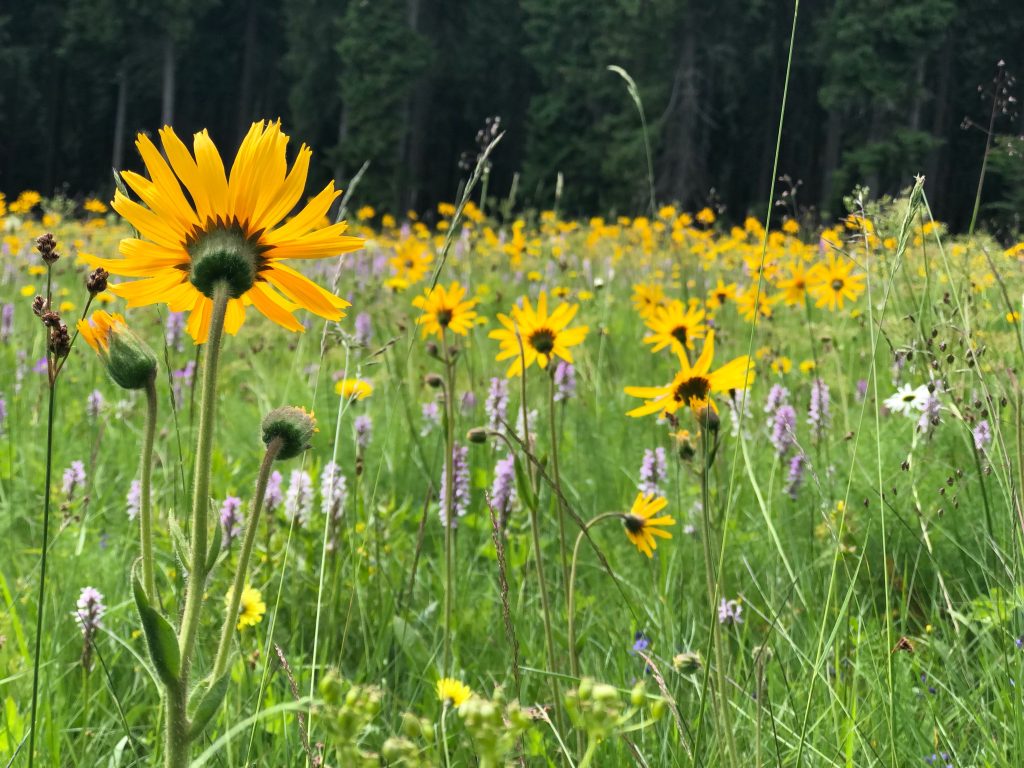
Regelmäßig gemähte Heuwiesen können recht artenreich sein – und einfach schön anzusehen. // Regularly mown hay meadows can be quite species rich – and just beautiful to look at. \\ Photo: K. Reichel
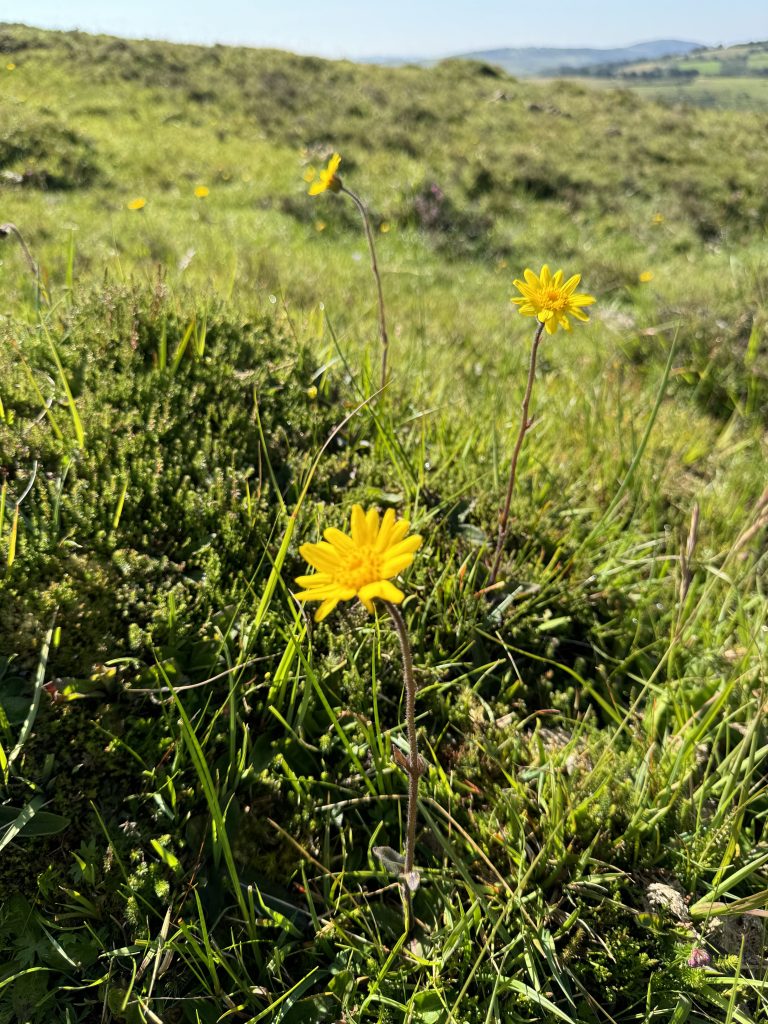
Vom Fressfeind gerettet? Leichte Beweidung kann das Arnika-Wachstum in Heideland fördern, so wie hier in Galizien. Das veränderte Aussehen der Pflanzen könnte eine Reaktion auf die lokalen Wuchsbedingungen sein. // Saved by the (cow) bell? Low intensity grazing may favour Arnica growth in heathlands, such as here in the coastal mountains of northern Galicia. The plants’ different morphology could be a response to local growth conditions. \\ Photo: K. Reichel
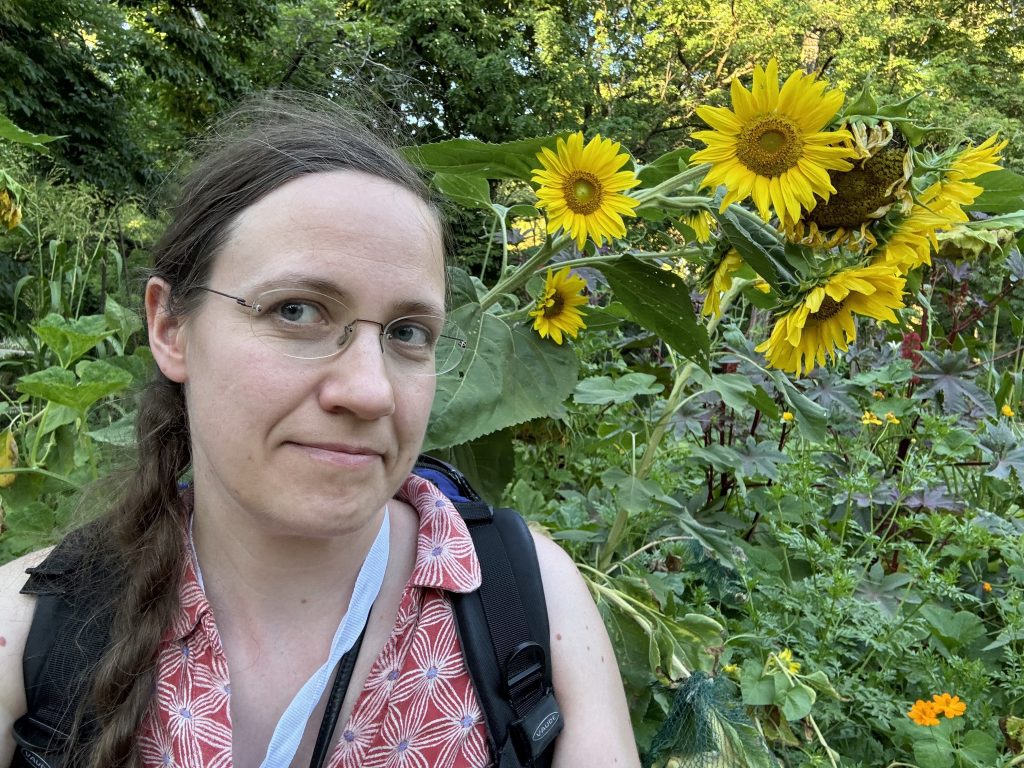
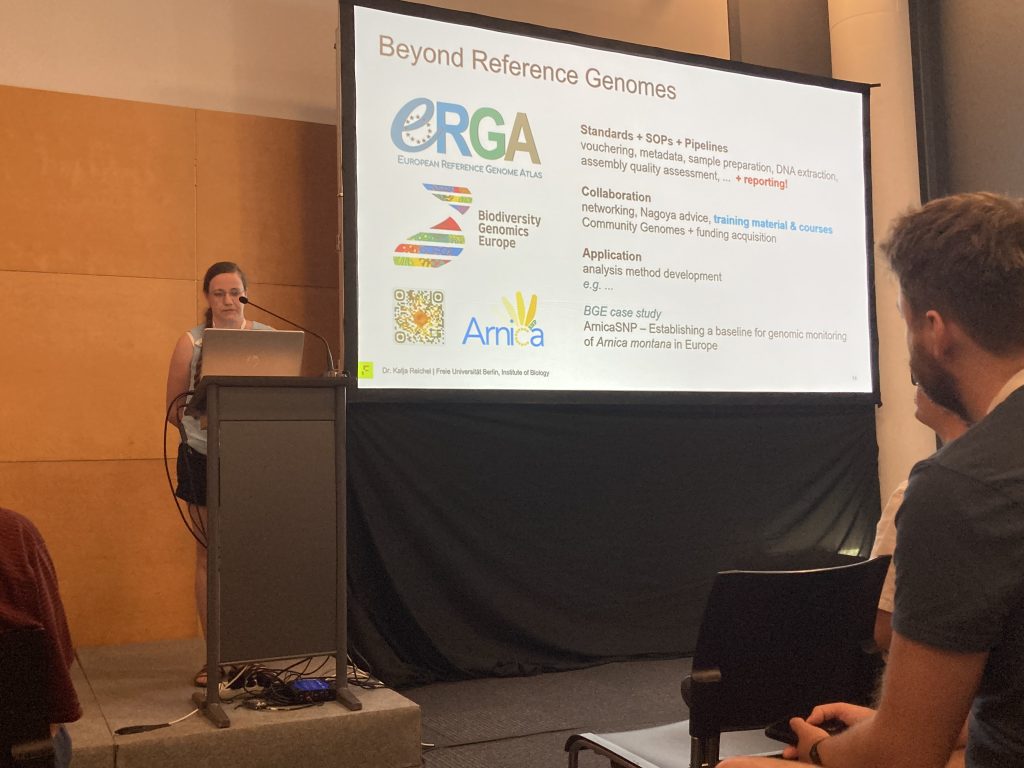
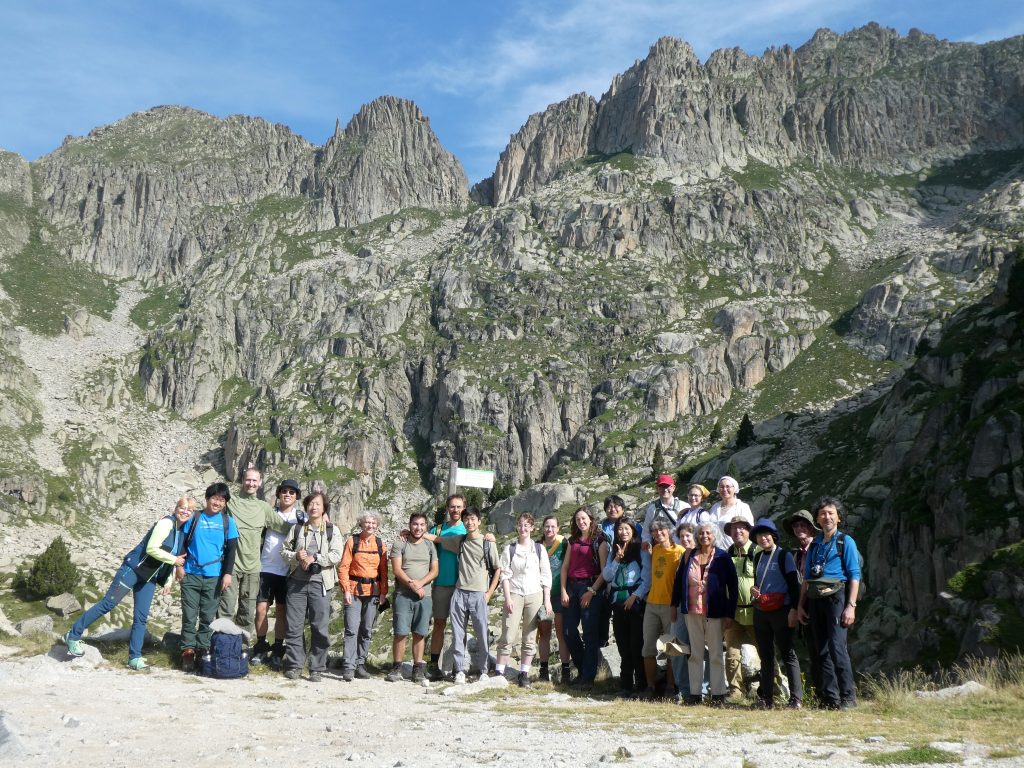
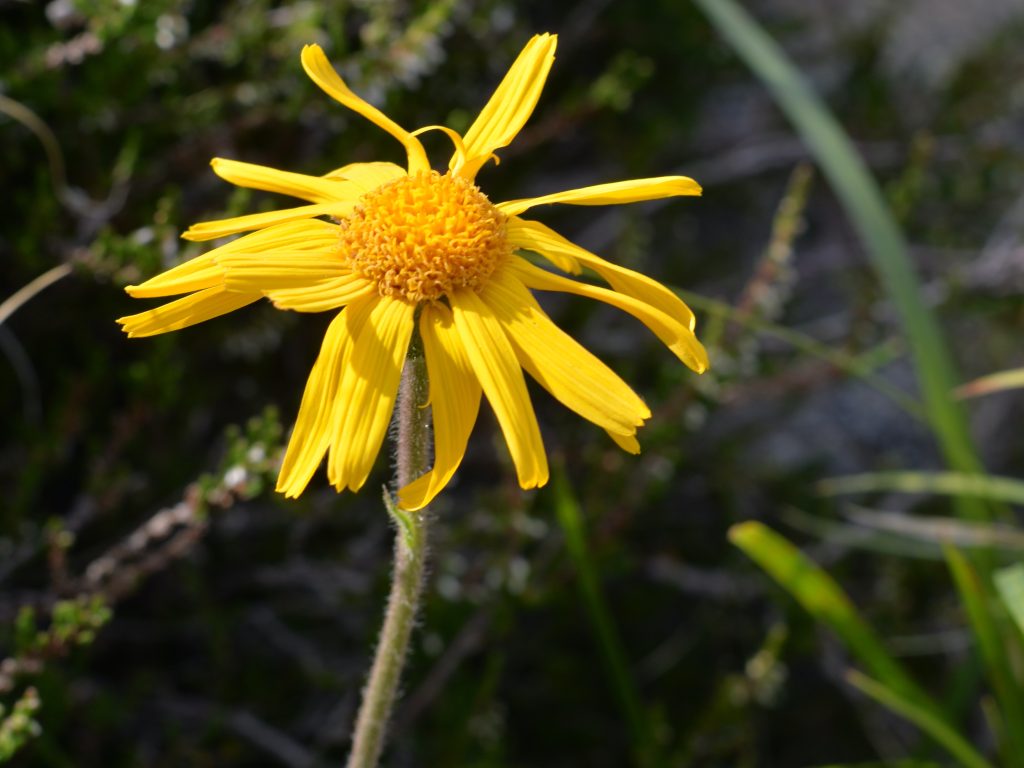
Arnika wächst sowohl über als auch unterhalb der Baumgrenze, in der subalpinen und montanen Höhenstufe – wieder in (halb-)natürlichen Gras- und Heideflächen. Die kürzere Vegetationsperiode verhindert hier typischerweise das „Verfilzen“ wie bei Heuwiesen im Tiefland. // Arnica grows both above and below the treeline, at the subalpine and montane levels – again in (semi-)natural grass- and heathlands. The shorter growing season here usually prevents lowland hay meadow-like “felting”. \\ Photo: H. Heilmann
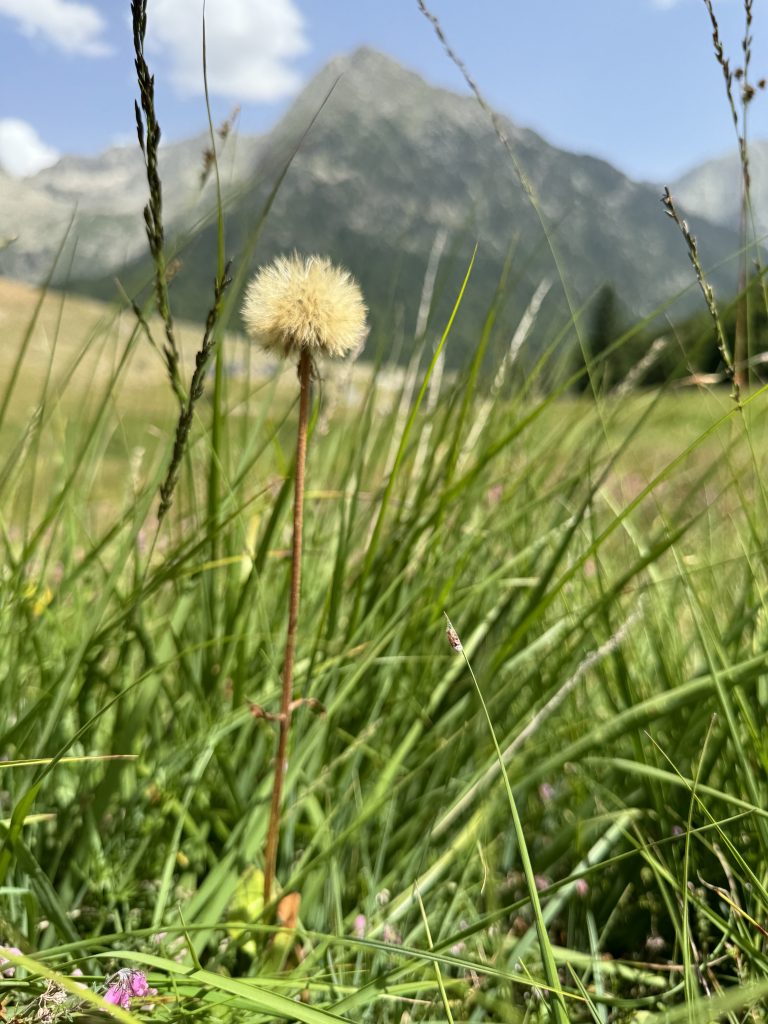
Auf zum Gipfel? Der Klimawandel beeinflusst Gebirgslebensräume nicht nur durch eine Aufwärtsverschiebung der aktuellen Vegetation. Die Zukunft wird zeigen, wie Arnika damit zurecht kommt. // Aimed for the top? Climate change affects mountain habitats in more ways than just shifting current vegetation types further up. The future will show how Arnica copes. \\ Photo: K. Reichel
